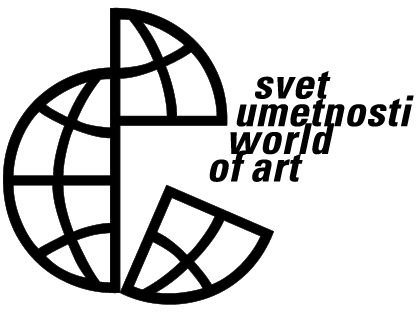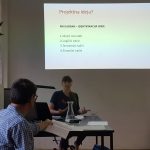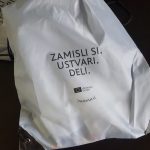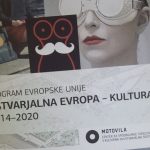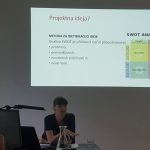World of Art | School for Curatorial Practices and Critical Writing | Year 16
The World of Art in the World of EU Programmes
Ines Kežman, Motovila Centre: EU FINANCING PROGRAMMES – CREATIVE EUROPE
– presentation of Motovila, Centre for the promotion of cooperation in the cultural and creative sectors;
– a brief presentation of the EU funding scheme: decentralized and centralized calls, the role of the Directorate-General for Education, Youth, Sport and Culture in the EU, the role of expert commissions and whom they consist of (independent experts from which countries);
– presentation of the main EU funding sources for culture and art: the Creative Europe programme (2014–2020): how the tender is programmed, the objectives of the tender, eligible applicants, what constitutes an international partnership, etc.);
– cooperation and performance of Slovene applicants in the Creative Europe programme: statistics, representation of the field of fine arts and intermedia arts, the relationship between smaller and larger projects, the relationship between NGO applicants and public institutions, how successful projects are co-financed by national sources (Ministry of Culture tenders).
Discussion with the representative of the Motovila Centre: Ines Kežman
Moderated by: Dušan Dovč
1) INFORMATION
– how to find the right information about EU programmes (Motovila and CED newsletter); the role of public presentations / seminars / workshops (participants need to be encouraged to begin to participate in what is offered free of charge); monitoring examples of good practices (successful applicants).
2) PREPARING THE APPLICATION
– how to find a partner;
– what is the role of meetings before writing the application;
– who can be the bearer of the project and who is a partner / co-organizer;
– can I correctly assess the difficulty of the tender: review of the tender form, review of all the necessary annexes, the composition of the bill of costs; how to split the work in preparing the application; examples of the text of the tender and form;
– what remains for me if I am “too small” of an applicant; which EU bids are available to me, e.g. for mobility, where to find information on such tenders.
3) IMPLEMENTATION OF THE APPROVED PROJECT
– how the financing of approved projects takes place; where do successful applicants most often get stuck (for example, advancing, taking bridging loans, cancelling a partner);
– monitoring the project by the EU;
– the role of the auditor;
– advice for future curators and critics.
Photogallery (Photo: SCCA-Ljubljana Archive)
